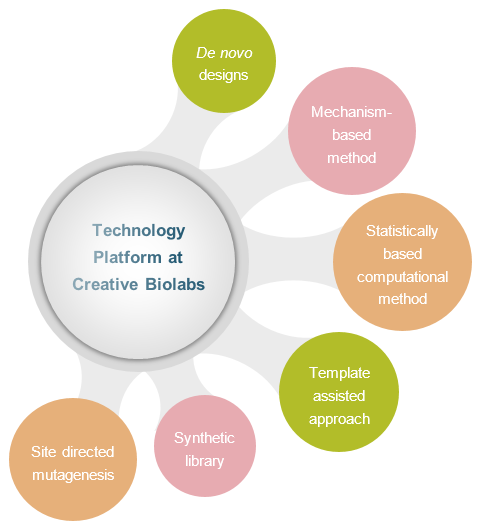Focusing on drug development for more than ten years, Creative Biolabs is specialized in peptide design and immune checkpoint research. We have accumulated extensive experience during the step-by-step practice and accomplished hundreds of customer-satisfied projects. With excellent techniques and Ph.D. level expert teams, we are confident in offering high-quality structure-based immune checkpoint targeted peptide design services to global clients.
Recently, peptides have become a new favorite in immune checkpoint drug development. Peptide structure-activity relationship (SAR) studies can be used to address ways to systematically modify naturally occurring molecules or de novo designed synthetic peptides and to determine both their structure and their biological activities. From this point of view, the design of peptides for immune checkpoint drug development based on protein structure is a feasible idea.
Rational design can start with a known crystal structure of the peptide giving the secondary and tertiary structures. Then, via input from various analyses, such as alanine substitutions (Ala-scan), and small, focused libraries, the SAR is built-in sequential steps that lead to identifying essential amino acids and sites for possible substitution. Another important aspect of rational peptide design is to improve the physicochemical properties of natural peptides, which often tend to aggregate and are sometimes poorly water-soluble.
As an industry-leading CRO company, Creative Biolabs has established a comprehensive technology platform with various protein structure-based peptide design methods. Thus, customers could choose the suitable way for the experiment plan. If you are confused about whether the technique is applied to your research, our expert team specialized in peptide design will also help you choose the best scheme.

As a professional peptide design service provider, Creative Biolabs is confident in offering customer-satisfied immune checkpoint targeted peptide design services to global clients. If you are interested in structure-based peptide design services or any other services on our website, please feel free to contact us for more detailed information.
All listed customized services & products are for research use only, not intended for pharmaceutical, diagnostic, therapeutic, or any in vivo human use.
USA
Tel:
Fax:
Email:
Copyright © 2025 Creative Biolabs. All Rights Reserved.